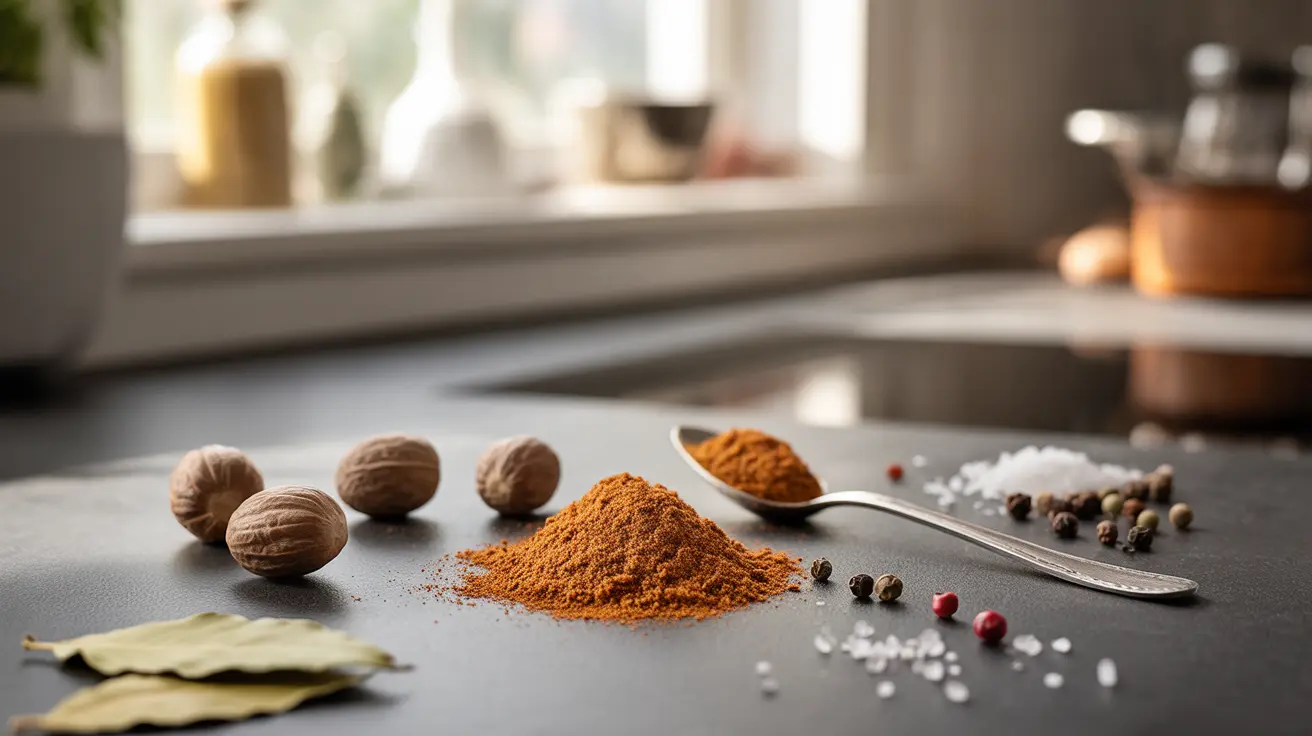Nutmeg, a popular spice used in holiday treats and various cuisines, has been a subject of concern regarding its potential toxicity. While this aromatic spice adds warmth and flavor to dishes when used properly, it's crucial to understand its safety limits and potential risks when consumed in excessive amounts.
This comprehensive guide explores nutmeg's safety profile, potential toxic effects, and important guidelines for its responsible use in cooking and consumption.
Safe Usage vs. Toxic Amounts
In typical culinary applications, nutmeg is generally safe when used in small amounts. The average recipe calls for ¼ to ½ teaspoon of ground nutmeg, which poses no health risks for most people. However, consuming large quantities can lead to serious adverse effects.
The toxic threshold for nutmeg is approximately 2-3 tablespoons of ground spice, though sensitivity can vary among individuals. The compound responsible for toxicity is myristicin, which can affect the central nervous system when consumed in high doses.
Understanding Nutmeg Toxicity
How Nutmeg Affects the Body
When consumed in excessive amounts, nutmeg's active compounds can cause various physiological effects:
- Interference with neurotransmitter function
- Disruption of normal brain activity
- Impact on cardiovascular function
- Digestive system disturbances
Risk Factors and Vulnerable Groups
Certain individuals may be more susceptible to nutmeg's toxic effects:
- Pregnant women
- People with underlying medical conditions
- Those taking certain medications
- Children and elderly individuals
Signs of Nutmeg Poisoning
Symptoms of nutmeg toxicity typically appear 3-6 hours after consumption and can include:
- Nausea and vomiting
- Dry mouth and thirst
- Dizziness and confusion
- Irregular heartbeat
- Anxiety and agitation
- Visual disturbances
- Seizures (in severe cases)
Emergency Response and Treatment
If someone shows signs of nutmeg poisoning, immediate action is necessary:
- Seek emergency medical attention
- Contact poison control (1-800-222-1222 in the US)
- Document the amount consumed and time of ingestion
- Monitor vital signs until medical help arrives
Safe Cooking Guidelines
To ensure safe use of nutmeg in cooking:
- Stick to recommended recipe amounts
- Store nutmeg properly to prevent accidental overconsumption
- Use measuring spoons rather than estimating
- Keep whole nutmeg and grinders away from children
Frequently Asked Questions
- Is nutmeg toxic if consumed in small amounts during cooking?
No, nutmeg is safe when used in typical culinary amounts (¼ to ½ teaspoon per recipe). These small quantities pose no risk to health and are appropriate for cooking and baking.
- What are the symptoms of nutmeg poisoning or intoxication?
Common symptoms include nausea, dizziness, dry mouth, confusion, irregular heartbeat, and anxiety. These typically appear 3-6 hours after consuming excessive amounts of nutmeg.
- How much nutmeg intake can cause toxic effects or overdose?
Toxic effects typically occur with consumption of 2-3 tablespoons or more of ground nutmeg. However, even smaller amounts can cause adverse effects in sensitive individuals.
- What should I do if someone shows signs of nutmeg poisoning?
Immediately seek emergency medical attention and contact poison control. Monitor the affected person's vital signs and provide medical professionals with information about the amount consumed and timing.
- Can nutmeg cause hallucinations or seizures, and how serious are these effects?
Yes, large doses of nutmeg can cause hallucinations and, in severe cases, seizures. These effects are serious medical emergencies that require immediate professional intervention.
Remember, while nutmeg is a valuable culinary spice, responsible use is essential for safety. Always follow recipe guidelines and seek immediate medical attention if overconsumption occurs.




